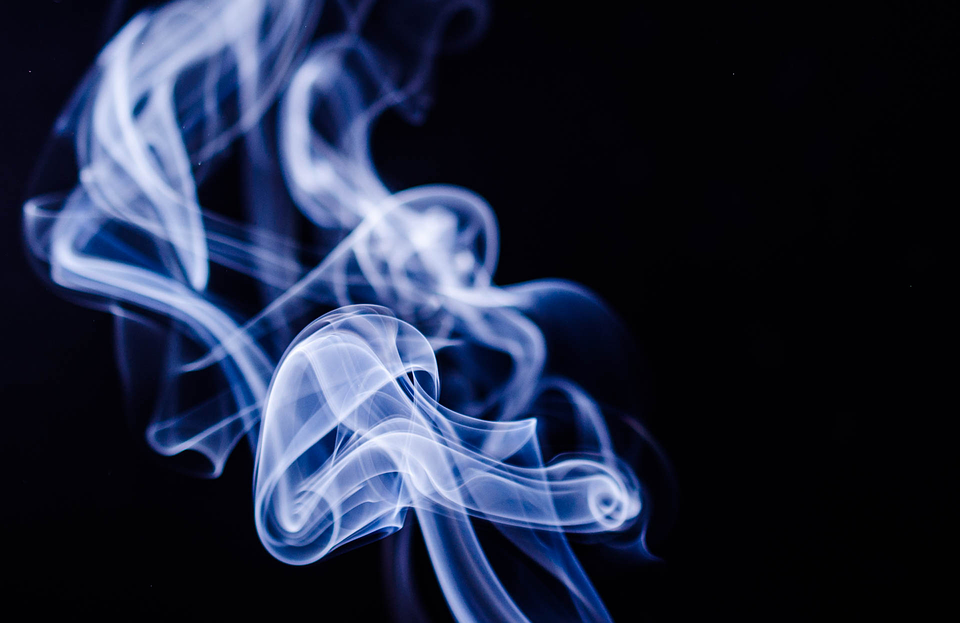By smoking freebase, after the first puff, the stimulating effect is nearly instantaneous: Immense feeling of satisfaction and energy, will to do anything you like with no inhibitions, an alertness state against anything that is around you and huge excitement. Yet, these effects are extremely short and in a few minutes you get the secondary effects: anxiety, anguish, depression, lack of strengths and will to do anything. Usually this mental state is sided with uncontrollable cravings to consume again, which leads into users dosing themselves to fight off the side effects. Even when the initial induced symptoms are similar to the ones of Cocaine Chlorhydrate, consuming freebase generates a characteristic clinic profile over time, that, makes them different from cocaine consumers. Difficulty to focus, loss of memory, impulsive reactions that are mostly aggressive as the need for consumption increases. Combined with the general social status those consumers are submitted to, the stigma gets worse: Burnt lips, lack of personal hygiene, wounds in their body and a considerable weight loss. Freebase dependent individuals can spend entire days without eating or sleeping, until their body collapses; to later rise again, and repeat the cycle. After a prolonged time of consumption, paranoid psychosis and hallucinations are also thrown into the mashup of consequences.

On the other hand, freebase differs from cocaine chlorhydrate because of its huge addictive potential(despite what popular belief dictates, only 16 to 20 percent of those consumers develop a troubling addiction). This is not a casual fact, and can be explained by the combination of three factors. First, users are generally exposed to a larger amount of risk factors that increase their chances of looking for an easy-to-get escape valve (low socio-economic level, stress, lack of social connection... and so on). Second, by smoking it, the speed it takes to get to the brain is increased, this is a factor that increases the addictive potential given the immediate association of consumption-pleasure. Third, the drug's chemical composition is also imperative to consider, we know -thanks to animal tests- that caffeine empowers the addictive potential. This highlights the importance of considering the adulterants when researching the drug's effects, something that is normally overseen at most labs, where the tests are done with pure samples.

Besides the interactions with other drugs, freebase displays some specific effects. Studies show that their users possess a lower activity in their prefrontal cortex (sorry to add this, but I insist that this is a cause, not an effect, given their social status; a natural adaptation inherent to it), a famous area because of its role in inhibition control (this is, filtering and discouraging our tendency to do things that could be a bad idea). This may explain why freebase addicts display aggressive conducts. But, just as those effects were observed, a diminished functionality of the prefrontal cortex can be reversed by quitting the consumption was also observed, demonstrating that "those kids are a lost cause, their rotted their brain by taking that" is far from true.
